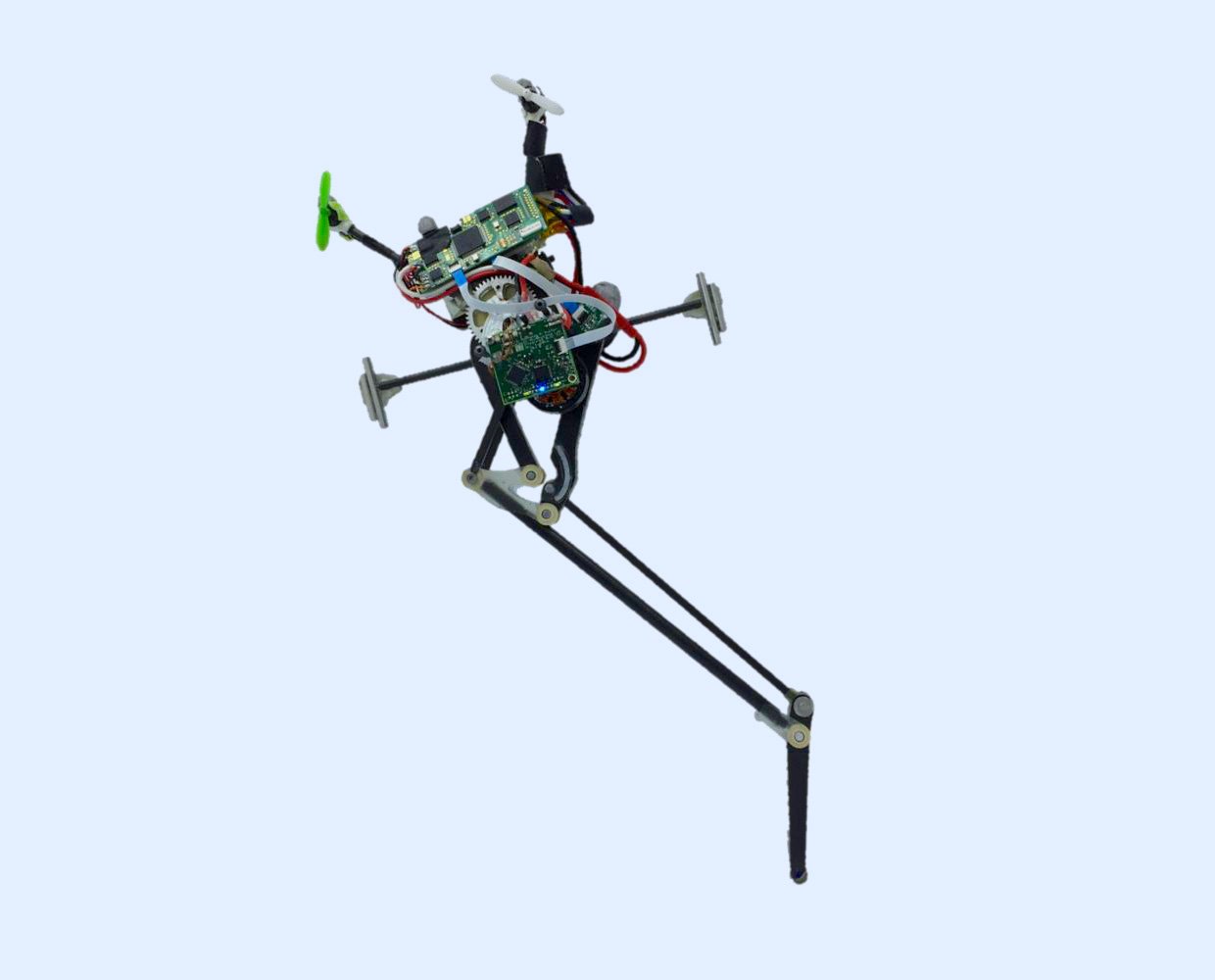One of the things that we love about the UC Berkeley’s Salto jumping robot is just how much better it gets, year after year. And these changes aren’t just incremental—the little robot’s capabilities seem to improve by leaps and bounds, as it were. The latest upgrade, presented at Virtual ICRA 2020 this week, it is particularly impressive, since Salto has learned how to very precisely stop jumping exactly where you want it to.
As far as we know, the best way of getting Salto to stop jumping without destroying itself has been for someone with exceptional timing to try and snatch it is directly out of the air mid-bounce. While amazing at jumping, Salto hasn’t been particularly good at not-jumping. That is, at landing. Until now!
what makes it crazy is that this incredibly dynamic little robot is landing on the teeny tiny foot. In the video, you can see Salto landing on its essentially one-dimensional bar foot, but according to the ICRA paper it’s also capable of landing on just a point foot, although its thrusters do struggle a bit to keep it upright. Most of the work on the landing is done by the robot while it’s in mid air, using the same hardware from the previous iteration—namely, a spinning inertial tail plus a couple of propeller thrusters for multi-axis stability.
As impressive as the landing is, it’s just half of what’s new here. As you saw in the video, the other thing is the better to control that Salto now has over where it’s going, enabling it to target its jumps to specific places. This capability derives from the combination of precise leaping to targets & balanced landing; they allow Salto to have much finer control of its next jump since it gets the chance to land and accurately aim for its target, as opposed to when it’s bouncing. The robot has been able to reduce the standard deviation from its landing target from 9 cm all the way down to 1.6 cm, meaning that it can now handle small targets like tree branches—we can’t wait to see that in action.





